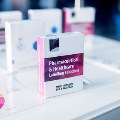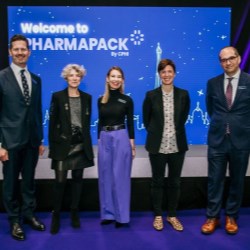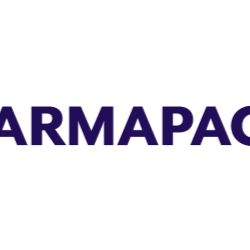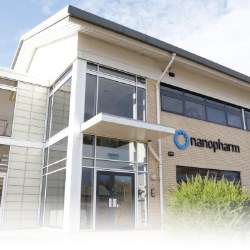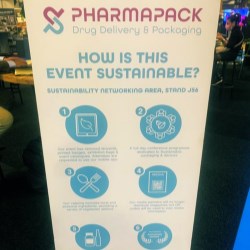Public
PharmaPack Europe Events
PharmaPack Europe Locations
PharmaPack Europe News
Pharmapack Europe Videos
If this is your company, CONTACT US to activate Packbase™ software to build your portal.
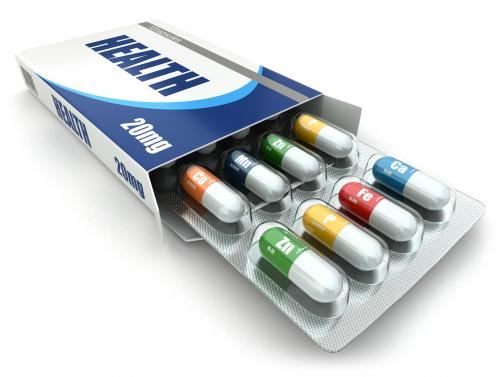

All pharmaceutical companies selling drugs in the US must be partially compliant with the FDA serialisation regulations since January 2015. And since the beginning of 2017 all drugs sold in the EU must comply with the EU ‘Falsified Medicines Directive’. These measures will help pharmaceutical companies better identify defective drugs as well as counterfeit pharmaceuticals that pose a serious danger to public health.
There are many regions where pharma regulatory systems are weak, due to which, the probability of spurious drugs increases. Globally, the importance of implementing a comprehensive track and trace system is to monitor the entire production and distribution cycle of pharma products has grown strong. With disciplined rules and regulations, guiding the supply chain system of pharma companies, standardised identification solutions are sure to put an end to spurious medicines and secure the health of consumers worldwide.
Challenges in packaging which the pharma industry faces today include counterfeiting, theft, diversion and false returns to manufacturers. This is because the product passes through a complex distribution network where its authenticity at every level cannot be checked due to the absence of data-sharing systems. Serialisation makes every product unique and, therefore, it is believed that effective serialisation of medicines would cut down any chances of counterfeiting in the supply chain.
Serialisation involves printing a unique serial number on every product, in addition to other details such as batch number, shelf life and Global Trade Item Number (GTIN). It provides visibility and full traceability throughout the supply chain.
Pharmaceutical finished goods manufacturing is already changing extensively due to global serialisation and traceability regulations. These regulations require that each and every medicine sales package requires unique numbering and traceability throughout the supply chain – right up to the patients. Obviously, implementing these new capabilities in the finished pharma manufacturing should help improve the medicinal product’s integrity and comply with the current reconciliation requirements specified in the regulatory GxP (Good Practices) guidelines, especially by the US Food and Drug Administration (FDA) and European Medicines Agency (EMA).
Most of the larger biopharmaceutical companies have started to adapt their internal production systems to accommodate serialisation, there is still a large number of tier two and three drug makers, as well as contract manufacturing organisations, which have yet to start the process, mainly because of resource constraints. And while generic pharmaceutical companies with narrower margins have also been wary of investing in serialisation without a clear mandate from several governments, attitudes seem to be changing. From a regulatory perspective there are clearly still many unknowns for companies.
In Europe for example, the emphasis seems to be on a bookend approach to serialisation initially - with numbers applied at production and read at the point of dispensing and no attempt to track or trace the product in between. One advantage of this approach of course is that it can serve as a staging post on a path towards a full track-and-trace system in the future. It looks like it that the United States might come up with a separate system as the USA moves its serialisation discussions forward, although some states looking at pedigree without serialisation.
The situation is quite complex and many people are looking to the Food and Drug Administration (FDA) for guidance on a harmonised approach. FDA-director Margaret Hamburg has come out in favour of pedigree and serialisation as a tool to secure the US supply chain, but it’s going to take at least a year to 18 months before the federal government will decide whether to get involved on this issue.
Serialisation innovation companies like Optel Vision, Systech and Seidenader are trusted by top pharmaceutical companies worldwide. These companies are instrumental in guiding product and brand protection officers in their quest to improve patient and consumer safety, increase engagement, decrease counterfeiting, avoid diversion and reduce harm to brands. These companies have provided core vision capabilities for serialisation, aggregation and anti-counterfeiting solutions for decades and that’s of particular importance for the pharmaceutical industry.
One of the key focus areas is to help companies comply with the numerous industry regulations, notably the EU Falsified Medicines Directive (EU FMD) in Europe. EU FMD was enacted in 2011 as an anti-counterfeiting measure and demands the introduction of two safety features on each drug package, as well as an authentication system implemented by the pharma industry.
An FMD Unique Identifier must be placed on each drug package or saleable unit in a machine-readable 2D code and in human-readable format. It contains the product code, a random serial number, the batch number, the expiration date, and in some EU member states, a national reimbursement number. This unique identifier must be applied to the outer packaging or the ‘immediate packaging’ in machine and human readable forms. And it’s not just about what is on the pack, the supply chain has to be tightly monitored too. In addition, the data for each package introduced into the market must be transmitted to the ‘European Hub’ via the European Medicines Verification Organization (EMVO).
The EMVO will then transmit a copy of your data into the national repositories where you intend to distribute your product. Whenever drugs leave the supply chain for any reason other than dispensing to a patient, the unique identifiers on their packages must be decommissioned. These measures need to be in place by February 2019, and not all companies are ready for this. Most companies are likely aware of the new regulation, but the challenge for most companies comes when they realise there are two parts to the solution – hardware and software. There is significant work to do to be compliant and if businesses don’t act soon enough, they might be caught short especially on the hardware front, as some hardware suppliers might not be able to supply at short notice.
EU FMD is an important step forward in assuring patient safety, but poses challenges to companies in the industry. Especially on the importance of data. That is complex but crucial, and cooperation is key to get the different facets right, such as packaging information, inspection with a camera, dimension and packaging types at the very outset. Vendor management and preplanning are also key. From the OEMs, the customer’s production, packaging, brand, legal and executive teams, and other providers, all parties involved need to work together continuously. At an early stage of a project, it is important to identify overall requirements – not just what product information should be supplied, but also markets the product will be shipped to and which regulations will apply.
Understanding the issues at hand is key. For serialisation novices, this is new territory. Pre-planning and training are vital, so everybody understands what is happening and how to proceed throughout all phases of a project. There are however still a few dark clouds at the horizon, also from a geo-political point of view. Brexit is most likely a long way away from having an impact on how companies should prepare for becoming compliant with the FMD.
The UK will probably at the very earliest point follow EU regulation. Regardless of other political happenings, in the end serialisation will help pharmaceutical companies to ensure patient safety. Because in the end, reliable serialisation and labelling systems for the manufacturers of pharmaceutical products can put an end to the very serious global trade in illegal drugs once and for all.
Traceability is an essential key to safe drugs and the basis for absolute confidence on the part of the consumer in the pharmaceutical industry and its products. Pharma serialisation reconciliation ensures that the serial numbers are used correctly for finished products with traceability in each phase of the pharmaceutical packaging process; beginning with the creation of serial numbers and ending with supplying the finished serialised products to the market.
The current GMP (Good Manufacturing Practices) guidelines do not directly address the reconciliation of the serial numbers in the packaging process. However, they do require that all drug product production and control records, including those for packaging and labelling, shall be reviewed and approved by the quality control unit in order to determine compliance with all established, approved written procedures before a batch is released or distributed. In particular, the GMP guidelines require controlling the quantities and reference number or identification of all printed packaging materials, as well as the quantities of obtained product, in order to provide adequate reconciliation.
In addition to GMP guidelines for pharmaceutical product production and packaging, regulators have also set out handling responsibilities and principles throughout the pharmaceutical supply chain, including Good Distribution Practices (GDP) and Good Storage Practices (GSP). These include, but are not limited to, storage, distribution, transportation, packaging, labelling, documentation and record-keeping practices.








